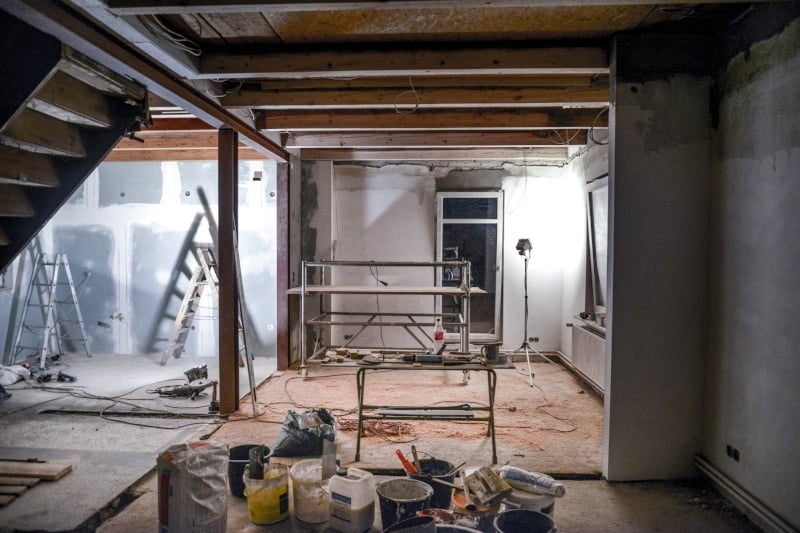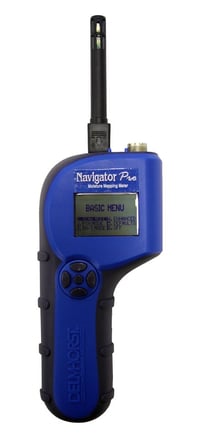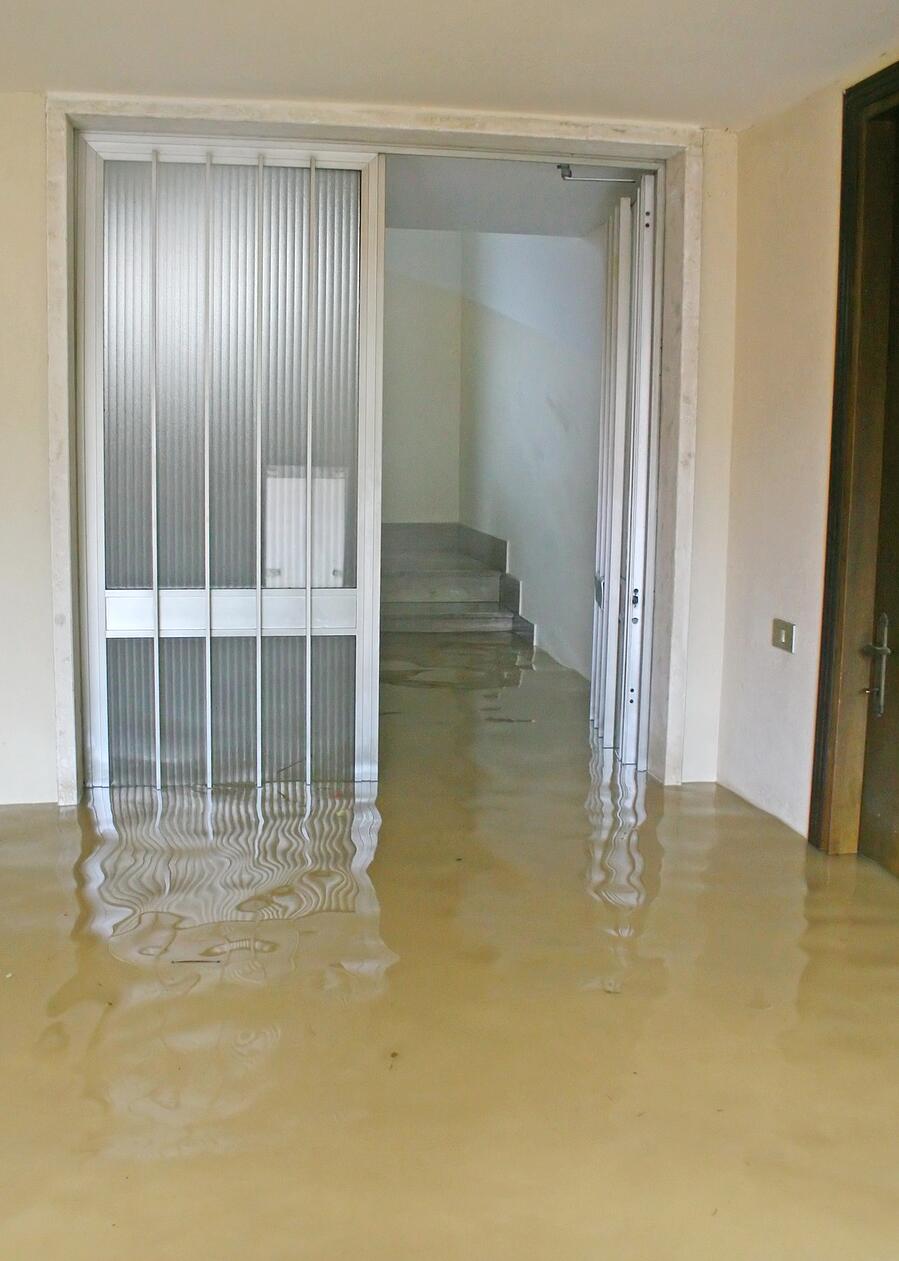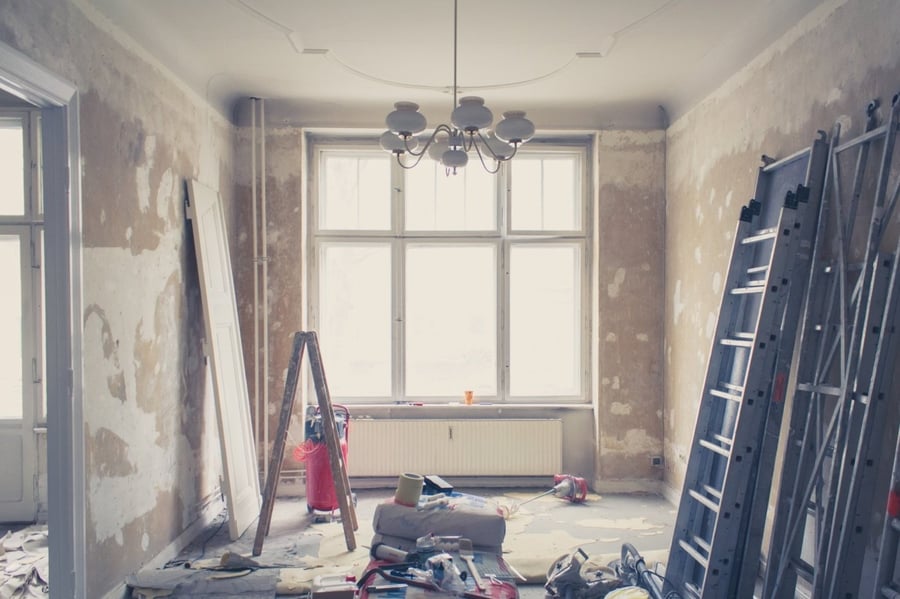What Moisture Meter Should I Buy for Restoration Projects?

Restoration projects often call for experts to use a variety of moisture testing devices to make sure that building materials are free from water damage risks. However, the sheer variety of materials to be tested and the working conditions that may be present at the jobsite demand that experts use the right restoration moisture meter.
What moisture meter should you buy for your next restoration project? Here are a few things to keep in mind when making that choice:
How Fast Can You Get a Measurement?
Restoration experts often have to deal with very large spaces. Because of this, the speed and ease with which a moisture meter can provide a reading is key to minimizing the time and labor spent on tracking down moisture intrusion sources.
Here, pinless meters tend to have the advantage over pin-type meter. Rather than having to punch pinholes into wood, pinless meters let the user simply press the scanning plate firmly against the material to be tested and take a reading, then lift and repeat as necessary.
Also, pinless meters provide an average indication of moisture over a larger area than pin meters (which can only detect moisture in the small space between the pins).
The combination of a faster moisture check and a larger scan area make pinless meters much faster than pin-type meters for inspecting large areas on a restoration project. One caveat to keep in mind, though, is that pinless meters require a large, flat surface so the scanning plate can make contact. If the surface is too small, or is curved or cracked in any way that creates a gap, it can negatively impact the accuracy of the moisture measurement.
What Scale(s) Does the Meter Use?
Moisture meters are calibrated to one or more distinct scales when they’re made. Some examples of these scales that restoration experts might deal with include:
- Wood Scale. This is a moisture meter scale optimized for getting readings in one kind of wood, such as Douglas Fir or Red Oak. Because of physical differences between different types of wood, a species correction will need to be applied for moisture readings taken in wood materials other than the one the meter was calibrated for.
- Drywall Scale. This scale is optimized for getting accurate moisture content (%MC) measurements in gypsum-based materials. Used primarily for check drywall and gyp-crete.
- Reference Scale. This is a non-specific scale that provides a qualitative assessment of moisture content rather than a quantitative one. In other words, the numbers shown when using a reference scale meter should be taken as a rough estimate rather than an absolute value. This method of measurement is primarily used for gauging moisture content in materials that don’t have a dedicated scale.
While reference scale meters are more generally applicable than ones restricted to testing wood or gypsum, they aren’t as precise. So, most professionals only use the reference mode for either quick pass/fail checks where they compare the reading to one from a known dry material sample, or when they don’t have access to a meter with a scale specially calibrated for the materials they need to check.
Best-in-class restoration moisture meters will often provide users with more than one moisture measurement scale so they can get the most accurate readings possible in a variety of different materials.
Over What Range Does the Meter Detect Moisture?
Moisture meters that use the same reading scale may have different ranges over which they can accurately detect moisture. For example, some wood scale moisture meters can detect moisture between 6% and 60% in wood, while a drywall scale meter might have a detection range of 0.2% to 6%.
If the %MC of the material falls outside the meter’s detection range, then the user will typically get an error message indicating the moisture content is too high or too low for accurate measurement (depending on the manufacturer, this message may or may not be present).
For most restoration projects, a wood scale meter that can detect moisture over the range of 6% to 40% will be sufficient for checking whether wood is moisture-compromised. For drywall scale meters, the moisture detection range should have a minimum of a fraction of a percent, because any reading above 1% is enough to indicate moisture-compromised gypsum.
Moisture detection ranges for reference scale meters are a bit trickier, since these meters don’t give a precise %MC value, and the number range for these meters may differ from one model to the next. For example, a reference meter might have a scale that goes from 0-100, or from 100-300. Even when the scale is “0 to 100,” that doesn’t mean the number is a %MC value.
What is the Best Moisture Meter for Restoration Projects?
 Considering all of the above, what is the best restoration moisture meter you can get? One strong choice is Delmhorst’s Navigator Pro moisture meter. The NavPro is a top-of-the-line moisture testing device intended for professionals who need not only accurate readings, but easy documentation of those readings as well.
Considering all of the above, what is the best restoration moisture meter you can get? One strong choice is Delmhorst’s Navigator Pro moisture meter. The NavPro is a top-of-the-line moisture testing device intended for professionals who need not only accurate readings, but easy documentation of those readings as well.
This device combines three different moisture testing tools:
- A pin meter with wood, reference, and drywall scale modes
- A pinless meter with a 0-300 reference scale mode.
- A thermo-hygrometer that measures temperature, relative humidity, and dew point.
The meter also supports the ability to store up to 1,400 readings with date, time, and location stamps. These stored readings can be exported to a PC for easy organization and printing should the need arise.
While the various moisture testing modes make the NavPro a versatile tool for restoration experts, the reading recording function with date/time stamps can be a restoration expert’s best friend for preventing and/or resolving contract disputes.
Want to learn more about using moisture meters for restoration projects? Check out the free guide to using restoration moisture meters at the CTA link below. For more information about Delmhorst’s moisture meters, please contact us today!
Subscribe to Our Blog
Post Related

moisture meters
restoration professionals
Water Damage
water damage restoration
restoration
water damage restoration specialists
water damage restoration project
water damaged buildings
restoration specialist
renovation
Moisture Meters: Essential for Water Damage Restoration


